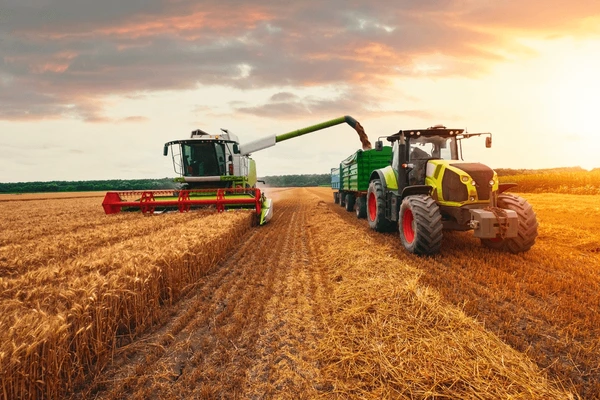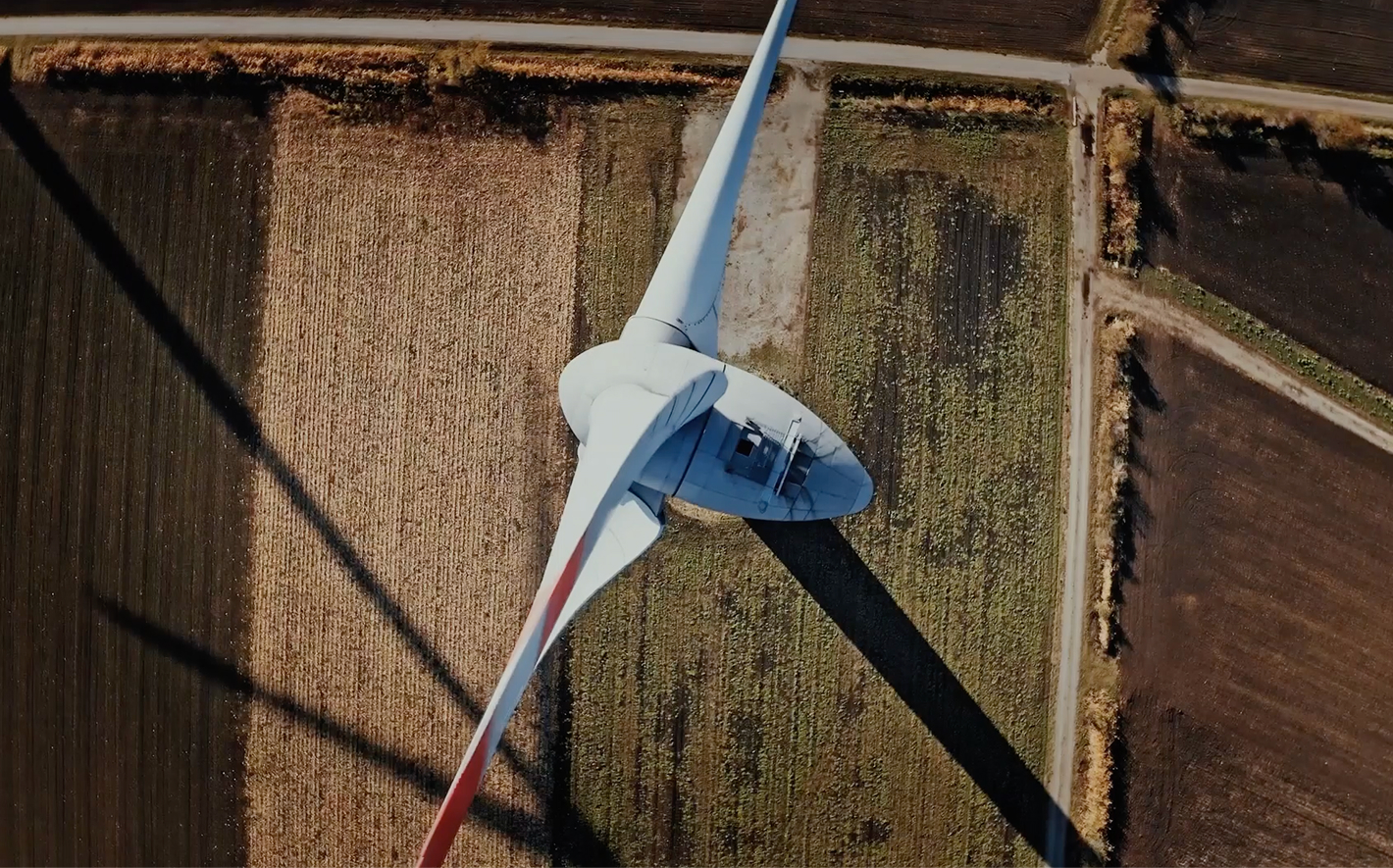Soil Insight That Drives Results
Why biological soil monitoring is key to better decisions, earlier action, and measurable impact
Biodiversity frameworks still overlook what matters most
Since the adoption of the Kunming-Montreal Global Biodiversity Framework in 2022, there’s been growing attention for ecosystems. But when it comes to measurement, we’re still mostly looking from above.
Remote sensing gives us useful data on canopy cover, land use, and vegetation patterns. But when soil is included in monitoring, it’s often optional—and usually limited to visible traits like structure or color. That means we're missing the most important layer: the living system beneath our feet.
Soil is the foundation of everything above it
Healthy soils provide the ecosystem functions that sustain all biodiversity, nutrient cycling, carbon storage, water retention, and a functioning food web. These are not visible from space. They require biological data.
Yet many biodiversity assessments either exclude soil completely or rely on indirect proxies. The result is a knowledge gap at the base of the system we’re trying to understand and protect.
From static snapshots to predictive signals
Understanding soil biology offers more than just a richer picture—it provides early indicators. Biological signals in the soil food web often precede visible ecological change. For example, a future increase in bird or mammal species can be anticipated through shifts in microbial and invertebrate populations.
Conventional tools like camera traps and bioacoustics measure what’s happening now. Soil microbiome data, on the other hand, lets us forecast what’s coming next.
eDNA unlocks the biology we couldn’t see before
At Soilytix, we use environmental DNA (eDNA) to decode what’s really happening in the soil. Just as every organism has a genetic fingerprint, they also leave behind DNA in their environment, through skin, roots, secretions, or decay.
We extract and analyze that DNA to identify the organisms present, from bacteria to fungi to microfauna, and map out the full soil microbiome. But more importantly, we analyze what those organisms are doing—how they interact, how they process nutrients, and how they influence ecosystem function.
Measuring carbon potential, not just carbon stock
One of our core innovations is the ability to assess not just how much carbon is stored in soil today, but how efficiently it can continue storing carbon in the future. Our approach includes carbon use efficiency (CUE) as a functional metric, offering a new layer of insight into soil resilience and management outcomes.
From complexity to clarity: what Soilytix delivers
Biological soil monitoring is complex. We’ve made it accessible.
All sequencing and analysis is done in-house by our team of soil scientists, bioinformaticians, and data engineers. Our platform, MySoilDashboard, delivers clear, science-grade results within two weeks—fully exportable, fully auditable, and ready to support decisions in restoration, land management, or ag innovation.
Our USPs:
- Full in-house lab and software pipeline
- Scientifically validated eDNA protocols
- Dashboard with taxonomy, correlation, and export tools
- Custom indicators like microbial carbon use efficiency
- Integration of third-party data
- Transparent, high-resolution output—no black boxes
Making better land decisions starts below ground
More than 40% of soils globally are degraded. Yet we continue to manage them based on partial data. Without biological monitoring, we miss early warning signs—and opportunities to adapt faster.
At Soilytix, we believe soil should be treated with the same rigor as human health. Just as blood tests transformed medicine, high-resolution biological analysis can transform how we manage soil. This leads to more precise interventions, smarter policies, and stronger ecological and financial outcomes.
Let’s stop guessing. Let’s start measuring.
Whether you're building a biodiversity strategy, verifying regenerative practices, or designing smarter input trials—biological soil data helps you act earlier, with more confidence.
Ready to turn soil biology into decisions?
Get in touch with the Soilytix team to:
- Book a MySoilDashboard demo
- Request our eDNA methodology whitepaper
- Explore collaboration opportunities
Soil isn’t just a medium. It’s a message. Let’s read it right.


.svg)
.svg)



